The first look at a brand new, aggressive and low slung SUV from Range Rover
Here’s your first look at a brand new, aggressive and low slung SUV from Range Rover – one that’s slated to sit in between the Evoque and Range
Here’s your first look at a brand new, aggressive and low slung SUV from Range Rover – one that’s slated to sit in between the Evoque and Range Rover Sport.
Jaguar appears to have gone and stolen the show with the introduction, in quick succession, of the XE, new XF, and the F-Pace – the most significant launch of this trio. And, certainly, all the attention and acclaim post launch seems to have validated Jaguar’s conviction of launching its first SUV. But Land Rover isn’t one to be left out of the spotlight for too long, and so here’s a first look at a brand new model (well, a rendering of one anyway) – which is expected to sit between the Evoque and Range Rover Sport.
The brand new Discovery will be unveiled at the Paris Motor Show at the end of September, and while it’s likely to keep Land Rover’s off-road flag flying suitably high, a brand new model (not the replacement to an existing one) is being readied – one that will be aimed more squarely at the tarmac, and one that’s likely to share the Evoque’s aggressive roofline.
ANOTHER GAME CHANGER?
So far, all we’ve seen are highly camouflaged shots (below) of a mid-size four-door SUV that appears to have a lower roof and more aggressively sloping rear windshield than most of its siblings.
There have been several rumours online about a possible Range Rover Sport Coupe, but our confidential sources point towards an entirely new and independent model – with its own name and strong on-road character. This new model is expected to form something of a bridge between the brand’s traditional models that have a strong off-road DNA and the new-age Range Rovers that have a strong on-road and strictly urban appeal. In that respect this will be a pioneering model for the brand.
APPOINTMENT IN GENEVA
If Jaguar can make an SUV, why can’t Land Rover consider a sedan? This was the sentiment recently of Land Rover Design Director, Gerry McGovern. It hasn’t come to that quite as yet, but what we have here is a very aggressive crossover – and one that points to the brand’s willingness to look beyond the status quo. Our sources talk of a dynamic vehicle, slender and minimalistic – neither a smaller Range Rover Sport, nor a bigger Evoque, but a strong independent model with a purposeful on-road stance. This is reflected in its proportions – long hood, slender sides, and steeply raked rear windshield. But, of course, its off-road credentials will remain – it is a trademark of the brand after all. Drivetrains will be shared with the range, and they’ll likely include the new Ingenium in-line four-cylinder motors, as well as the V6s and V8s – and there’s a hybrid in the works as well. The cabin is expected to be innovative, especially in terms of material options.
To know more, we’ll just have to wait till the Geneva Motor Show in March next year.
AUTONOMY OFF-ROAD
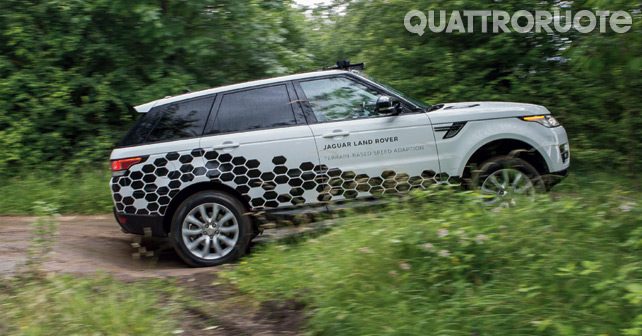
Are you afraid of creeks, inclines and getting your boots dirty? Well, don’t worry because Land Rover is developing autonomous technology that’ll work on your favourite (or not so favourite) off-road trail as well. At Coventry, they firmly believe that autonomy should apply both on the road and off it as well. Their goal is to leave total control management to the vehicle – no matter what the terrain. Obviously, this is a gradual process, and one that will only see the light of day by developing individual technologies that will eventually converge into integrated systems that make up larger autonomous programs.
At the company’s technical centre, in Gaydon, we had the opportunity to test some of these systems on an off-road test track. The first step is automatic recognition of the typography of the soil below. “To achieve this, we started mapping different kinds of soil by installing an ultrasound device on the front bumper of our test vehicles. Each type of soil responds to the signal in a different way, and consequently we’re able to compile a wide database of materials – from sand to gravel, or grass to rocks, and snow to mud,” explains Thuy Yung Trung, project leader of the Surface ID program. The model that we tested had a display that informed us in advance about the kind of soil that we were about to face – since the ultrasound sensor was able to read the surface of the terrain up to five metres ahead of the vehicle. In future, the vehicle will be able use this information to select the appropriate four-wheel drive setting, and this would work in conjunction with the cruise control to limit the speed. In addition to ultrasound, a camera scans the terrain to detect obstacles. “The characteristics of the road are combined with a range of target speeds, and the system selects the most suitable one,” states Anna Gaszcak, project leader of Tbsa (Terrain-based speed adaptation). Lastly, wireless connectivity between vehicles will allow them to connect and communicate with each other.
There’s room for a new model in between the Evoque and Range Rover Sport. Needless to say, a new model would fit in perfectly with Land Rover’s expansion strategy.

© Riproduzione riservata
Also read: Fifth-gen Land Rover Discovery incoming!

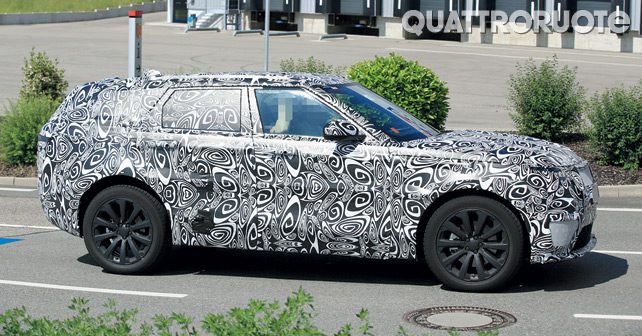
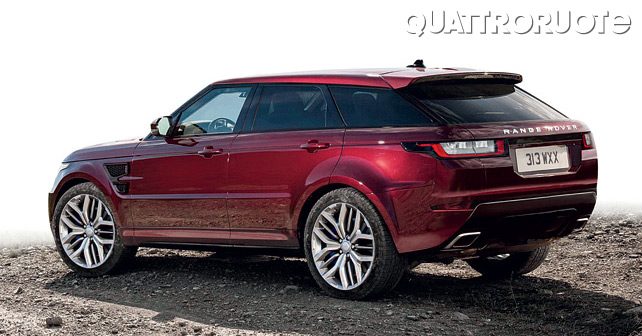
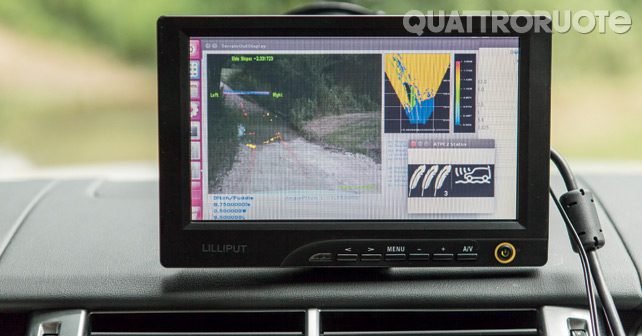

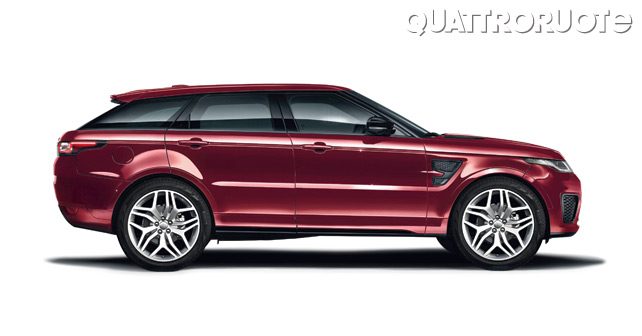
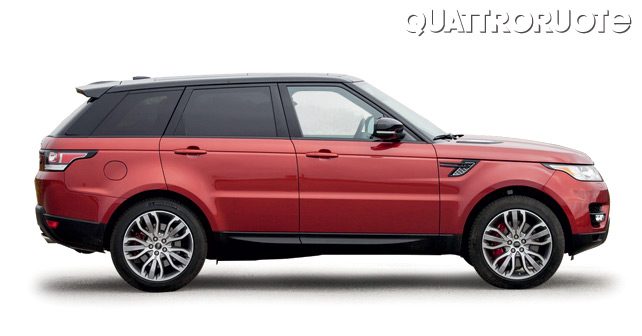
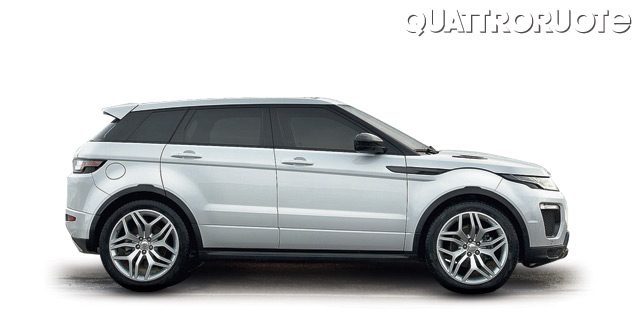
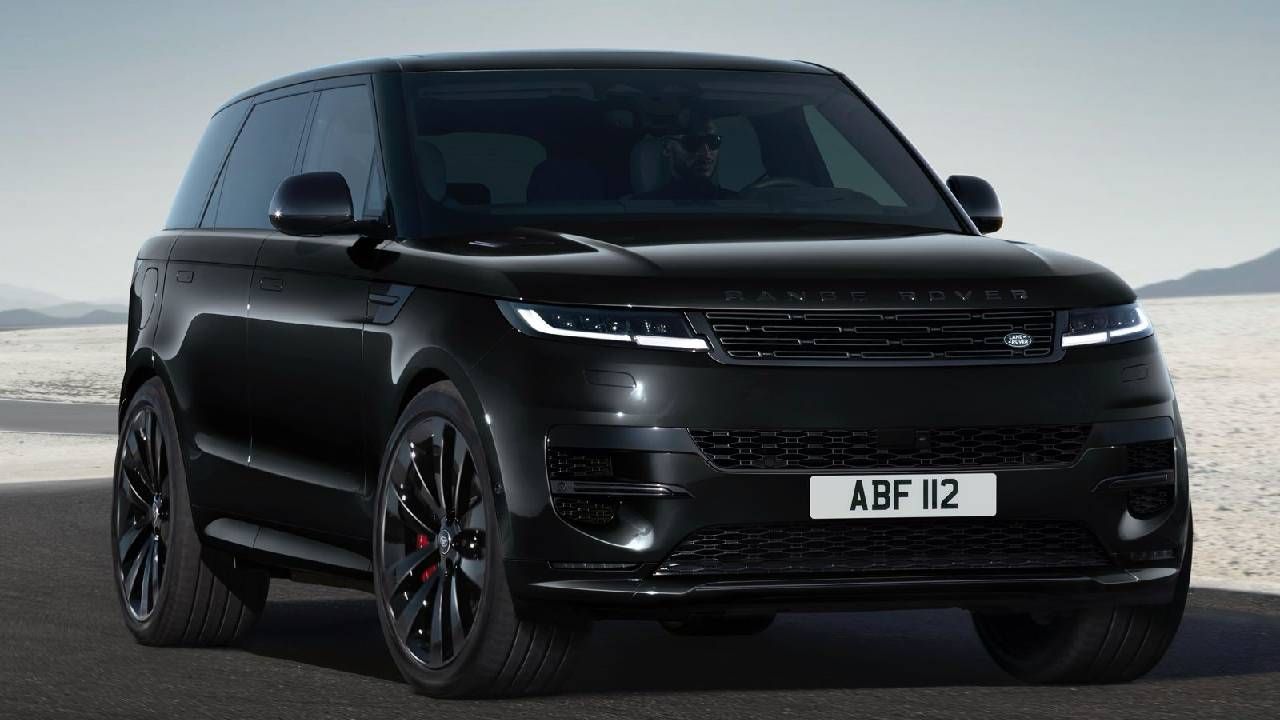
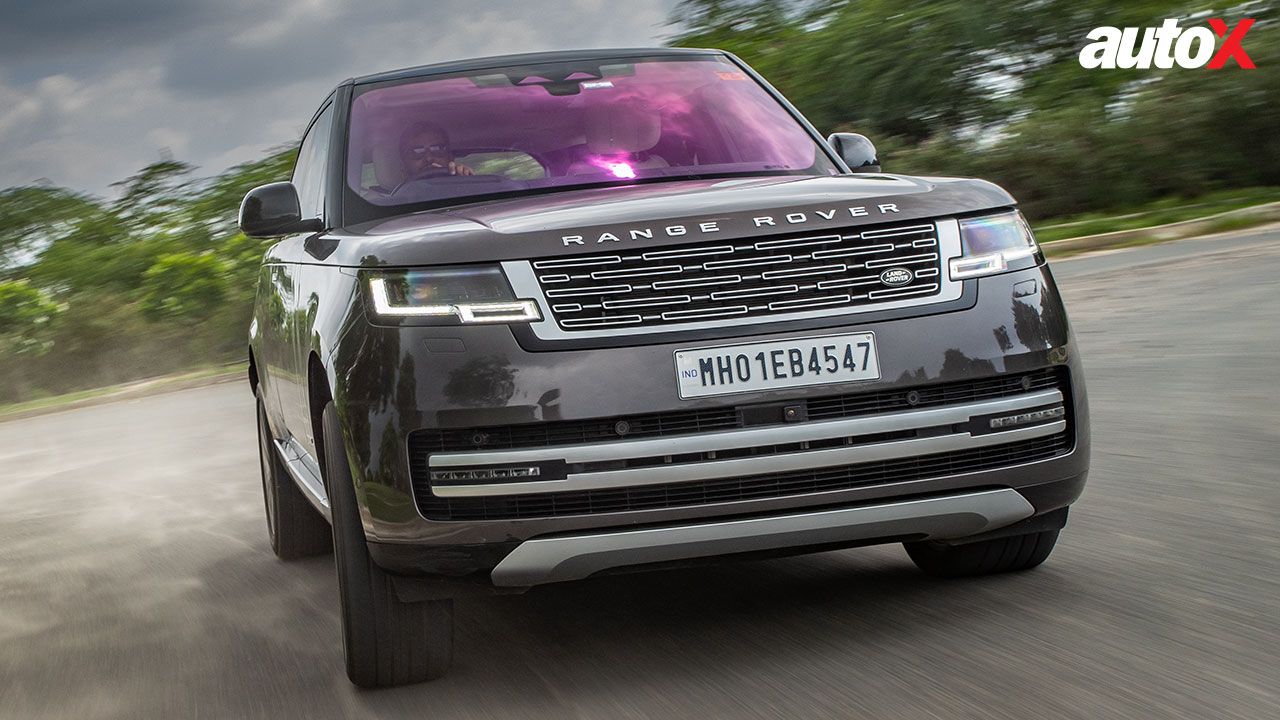

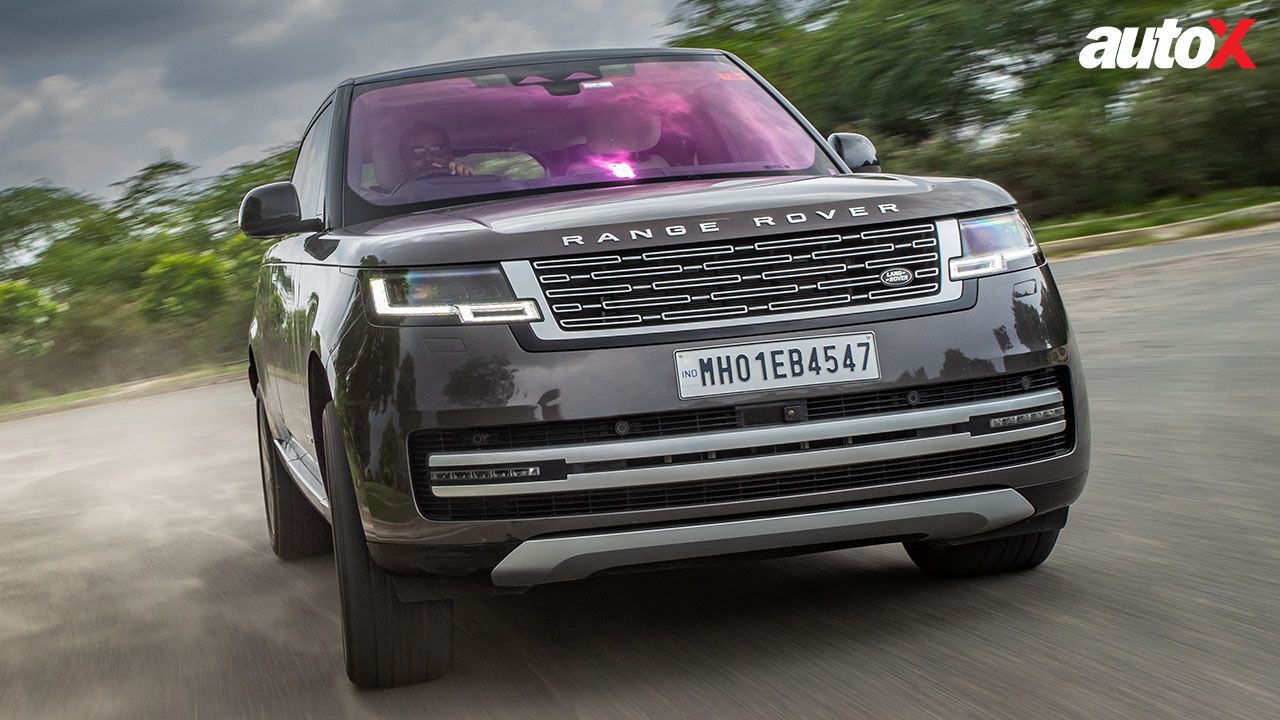
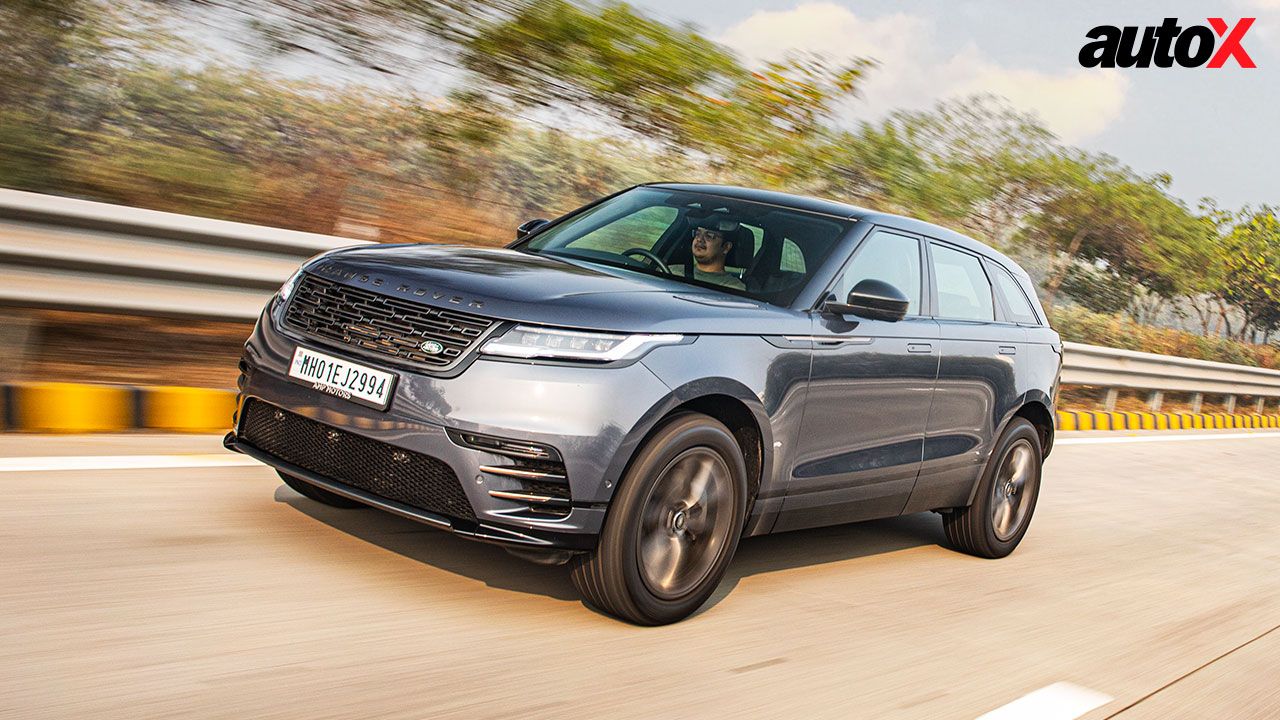
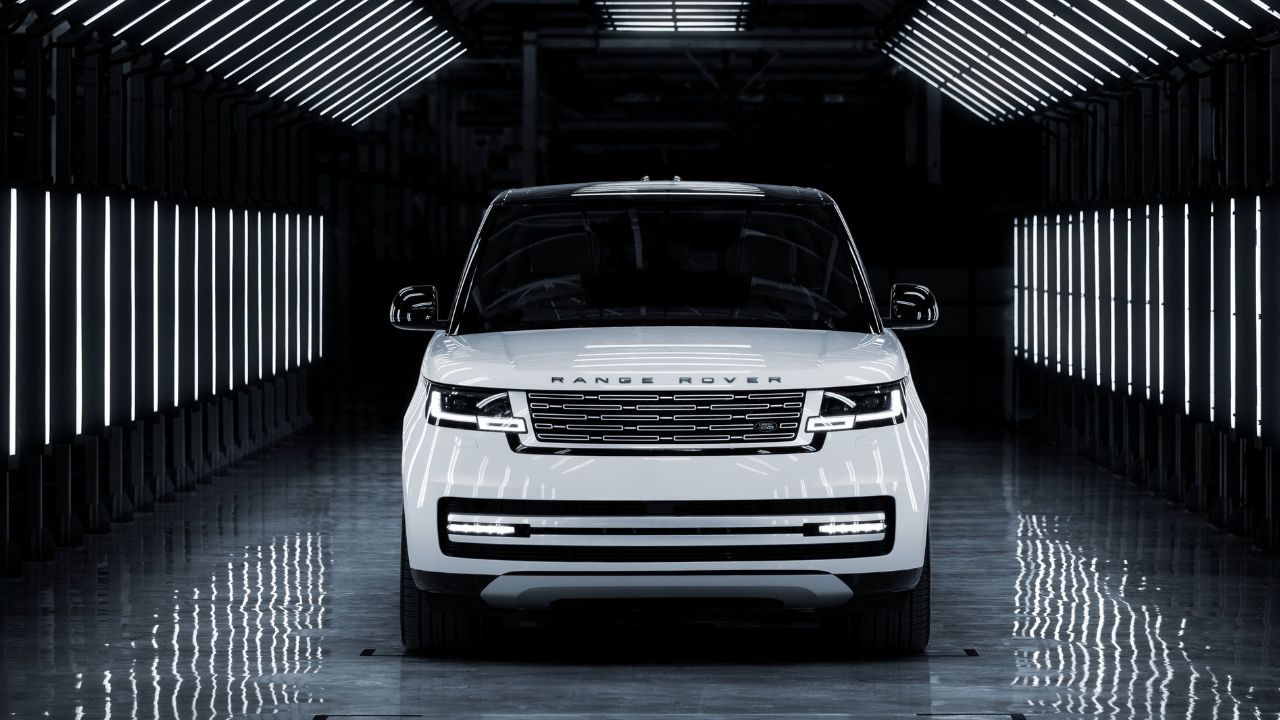





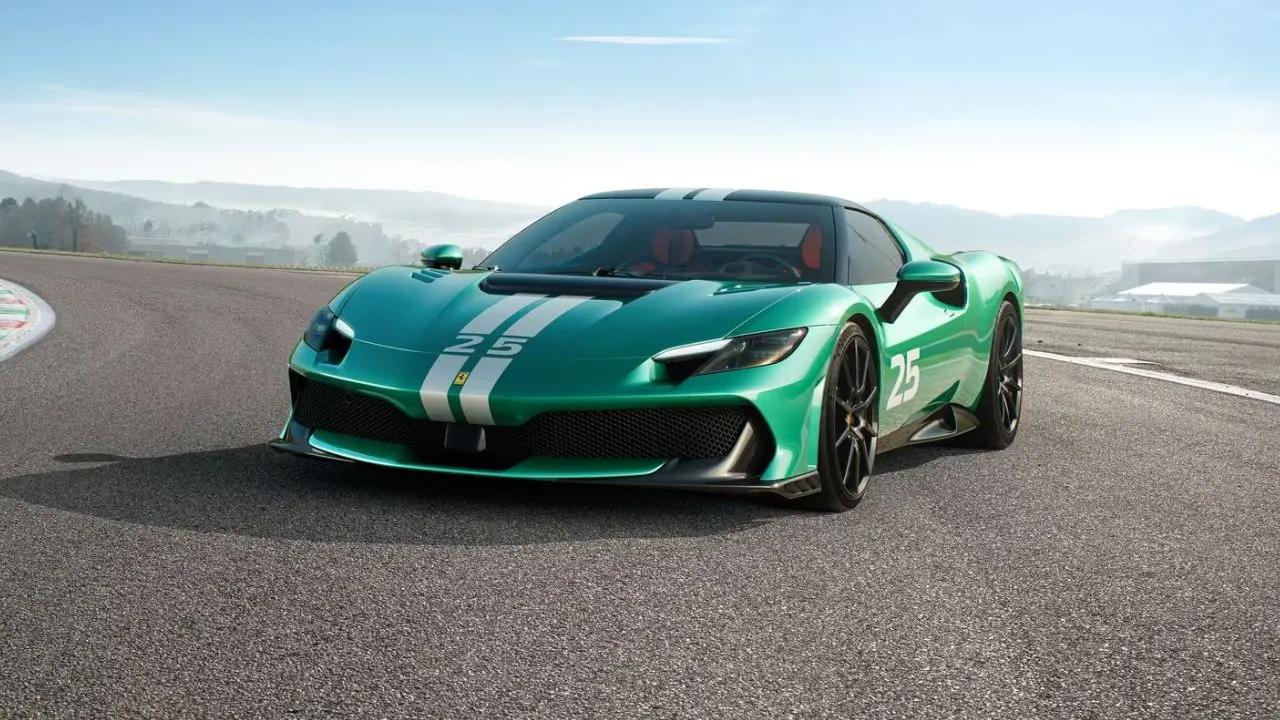
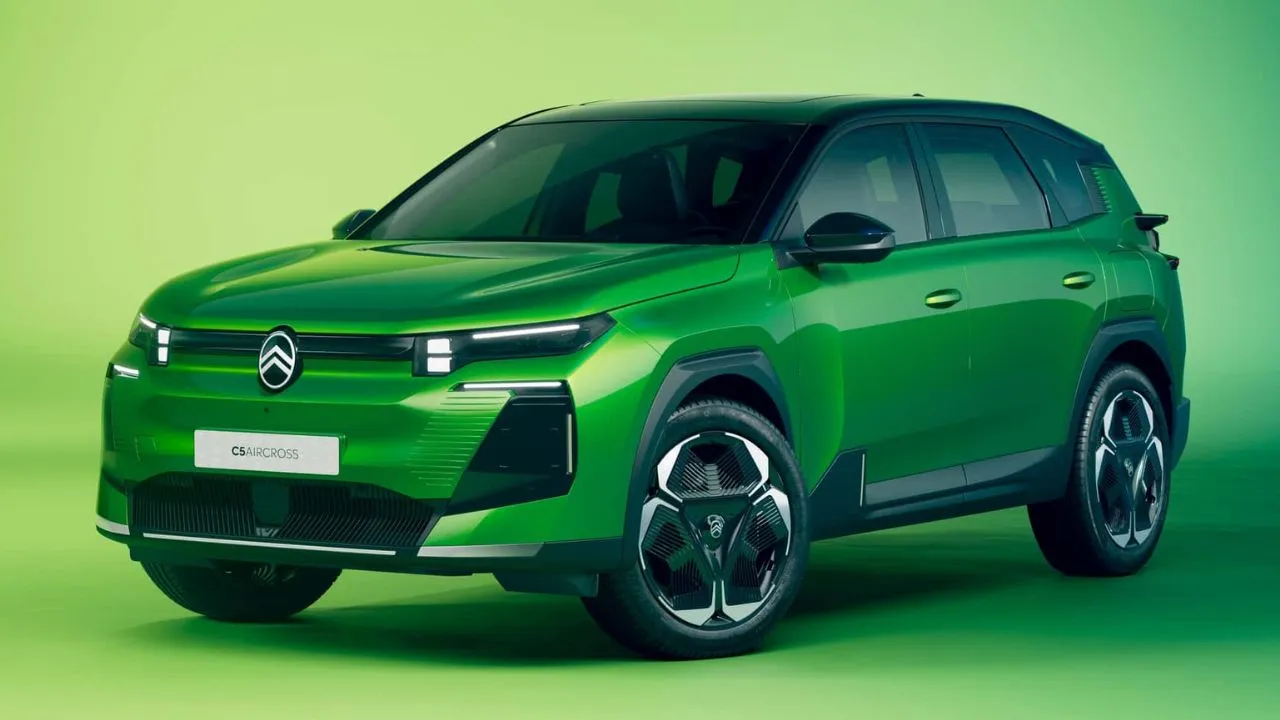

-(17).webp)
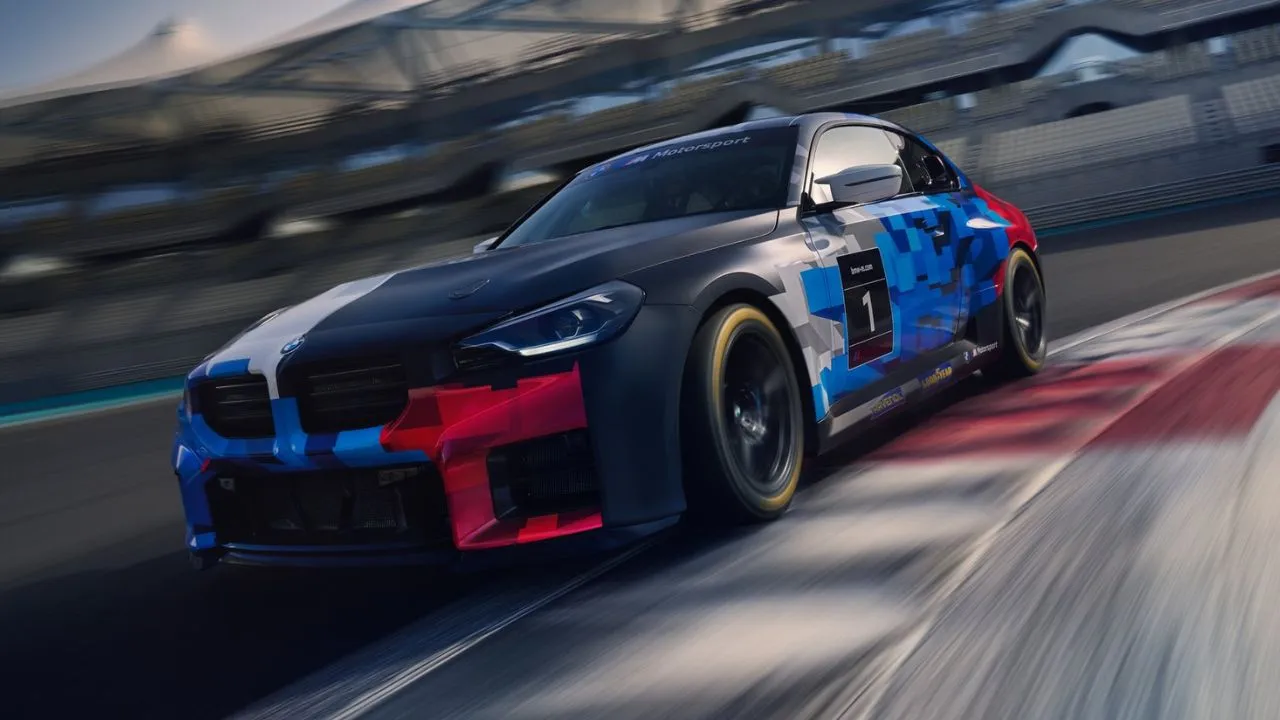
Write your Comment on